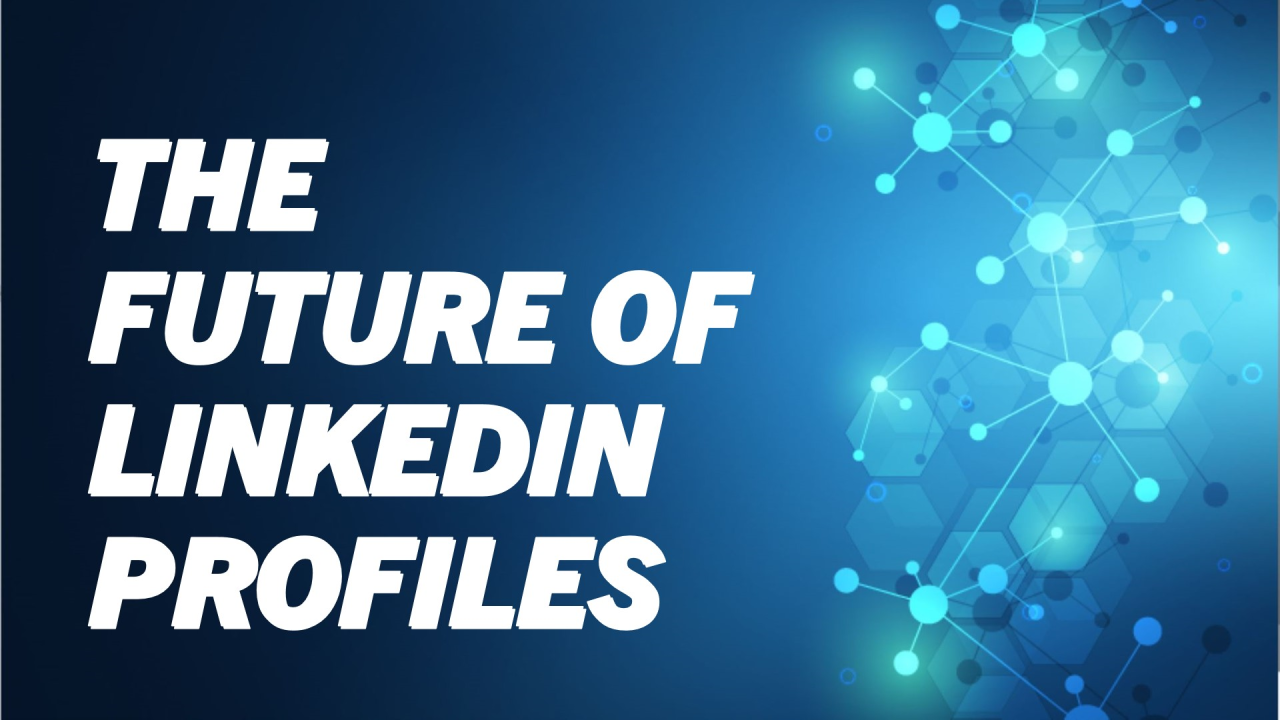The Future of LinkedIn Profiles in the Age of AI: Managing Agents, Not Just Teams

The rapid adoption of AI is reshaping industries and careers in ways that demand a profound shift in how we measure professional success. Today, our LinkedIn profiles are filled with accomplishments like building teams, driving measurable results, and delivering value through human-led initiatives. But tomorrow’s profiles will tell a different story—one centered around how well we manage and optimize AI agents to drive enterprise success.
Imagine a LinkedIn summary from 2028:
“I managed a swarm of 30 AI agents across 9 domains to achieve $12M in ARR while improving operational efficiency by 40%. Through strategic intervention, I redirected these agents’ outputs to align with enterprise goals, resulting in unprecedented productivity gains and seamless delivery.”
This is not a distant vision. The shift is already underway.
The New Metrics of Success
Just as a single degree off a flight path can divert an airplane by miles, a small misalignment in AI operations can result in significant inefficiencies. The role of leaders in the AI era will no longer focus solely on managing people but on guiding and correcting AI agents to ensure they deliver value effectively. Success will be measured by:
• Productivity Gains: Metrics like “Full-Time Equivalent (FTE) productivity” will replace direct headcount reductions, focusing on the amplified outputs AI provides.
• Alignment and Optimization: How effectively you’ve directed AI agents to achieve enterprise objectives will define your impact.
• Human Repurposing: Beyond cutting costs, the narrative will shift toward how many employees were retrained and redeployed to higher-value roles, showcasing a balance of innovation and empathy.
The Ethical Tightrope
As we transition, leaders and organizations will face the challenge of presenting their achievements in ways that resonate ethically and politically. Phrases like “FTE equivalents” or “productivity gains” will likely mask the human cost reductions. However, forward-thinking organizations will also highlight how AI has enabled the repurposing of talent, focusing on growth rather than just efficiency.
Serving the AI Swarms
In the long term, our roles may evolve from managing AI to serving it. Future profiles might reflect how well professionals collaborate with AI agents to help them connect the dots, optimize processes, and deliver enterprise value. Paradoxically, AI itself may become the ultimate validator of these claims.
Picture this: For a fee, an AI agent monitoring your performance could validate your LinkedIn summary, ensuring your stated accomplishments align with reality. Leaders will not only be judged by their ability to deliver results but also by how they enable and enhance AI operations.
Preparing for the Shift
This future calls for a new mindset:
• Embrace AI as a partner rather than a tool.
• Develop skills to interpret, guide, and align AI outputs.
• Focus on ethical leadership, ensuring that the transition to AI-driven operations is equitable and empathetic.
The evolution of LinkedIn profiles reflects a larger shift in the workplace. As AI becomes integral to how we work, the way we define success—and present ourselves—must change. It’s not just about what you’ve built but how you’ve adapted, managed, and delivered value in an AI-powered world.
How will your LinkedIn headline evolve in the age of AI? The time to start thinking about it is now.
